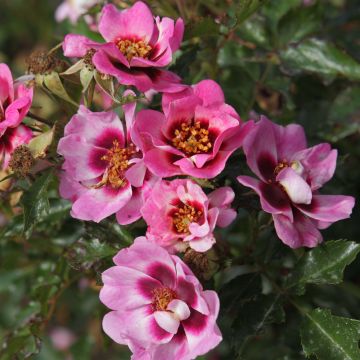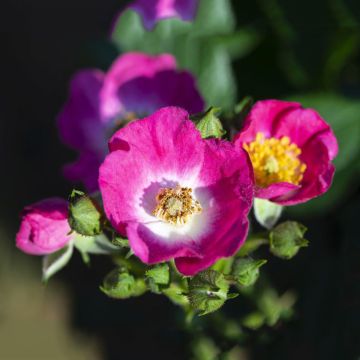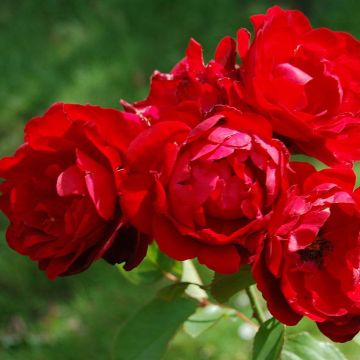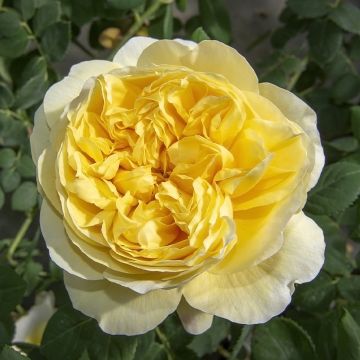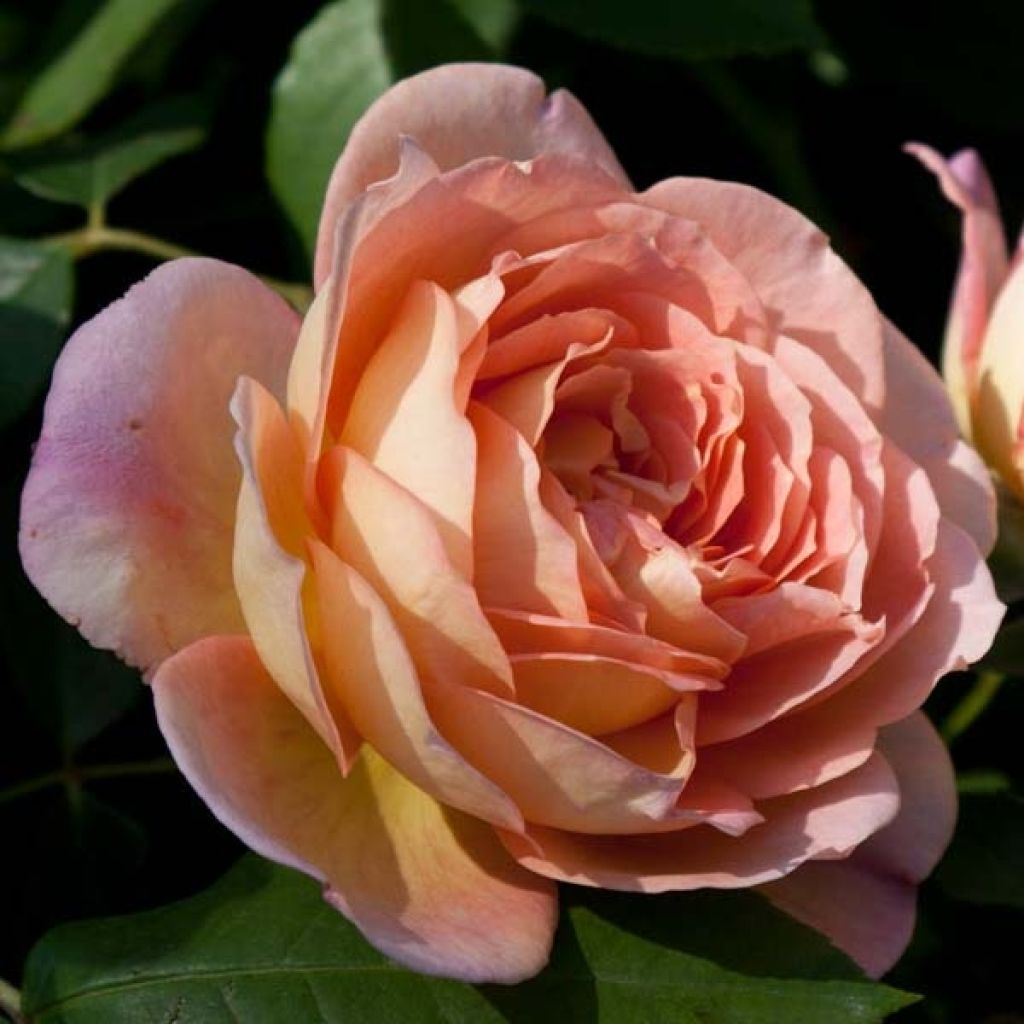

Rosa Lady of Shalott
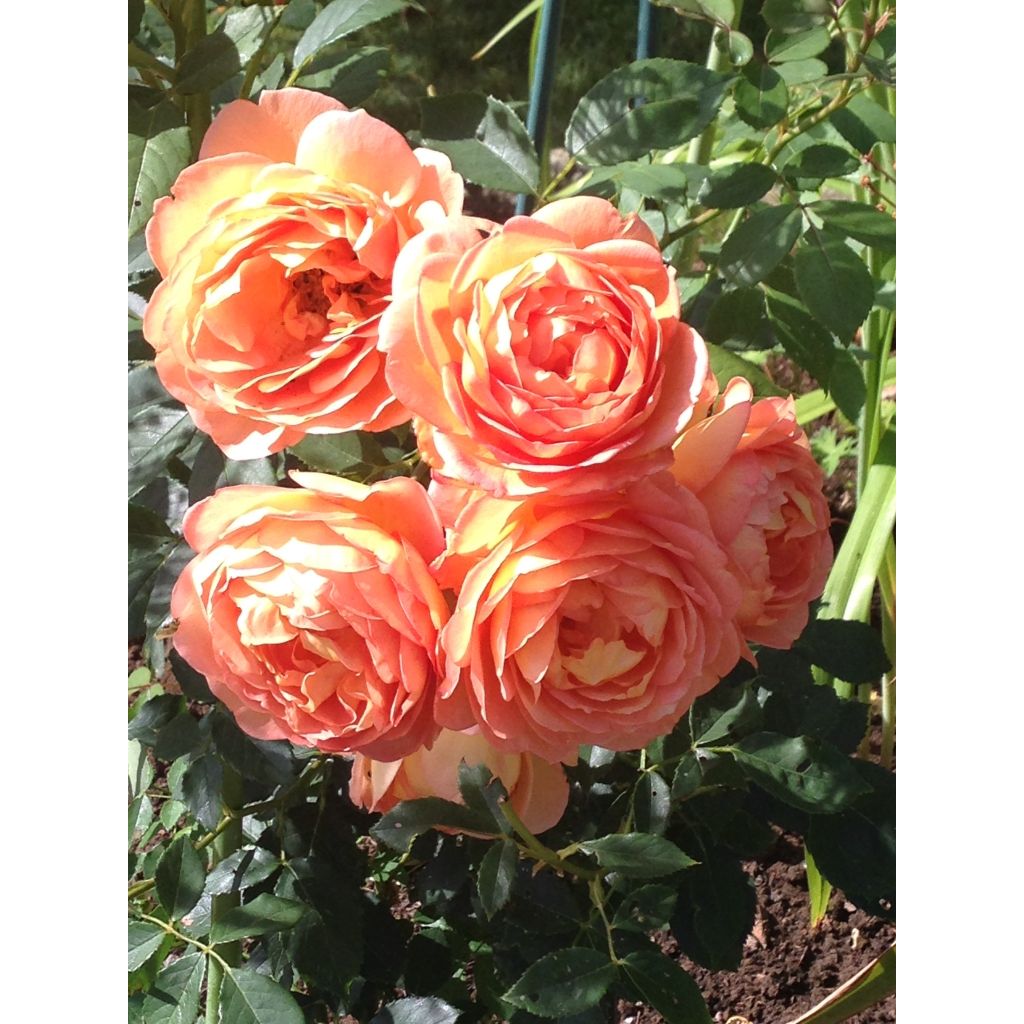

Rosa Lady of Shalott
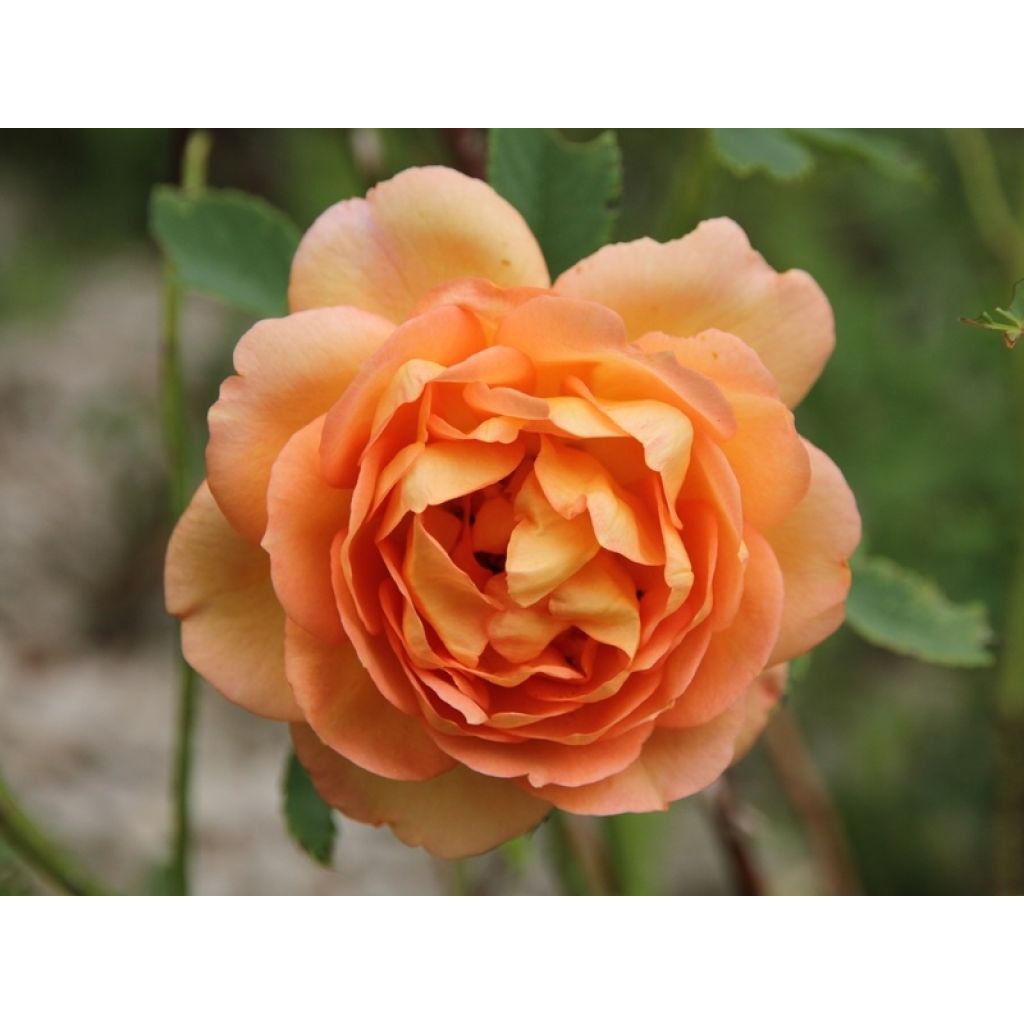

Rosa Lady of Shalott
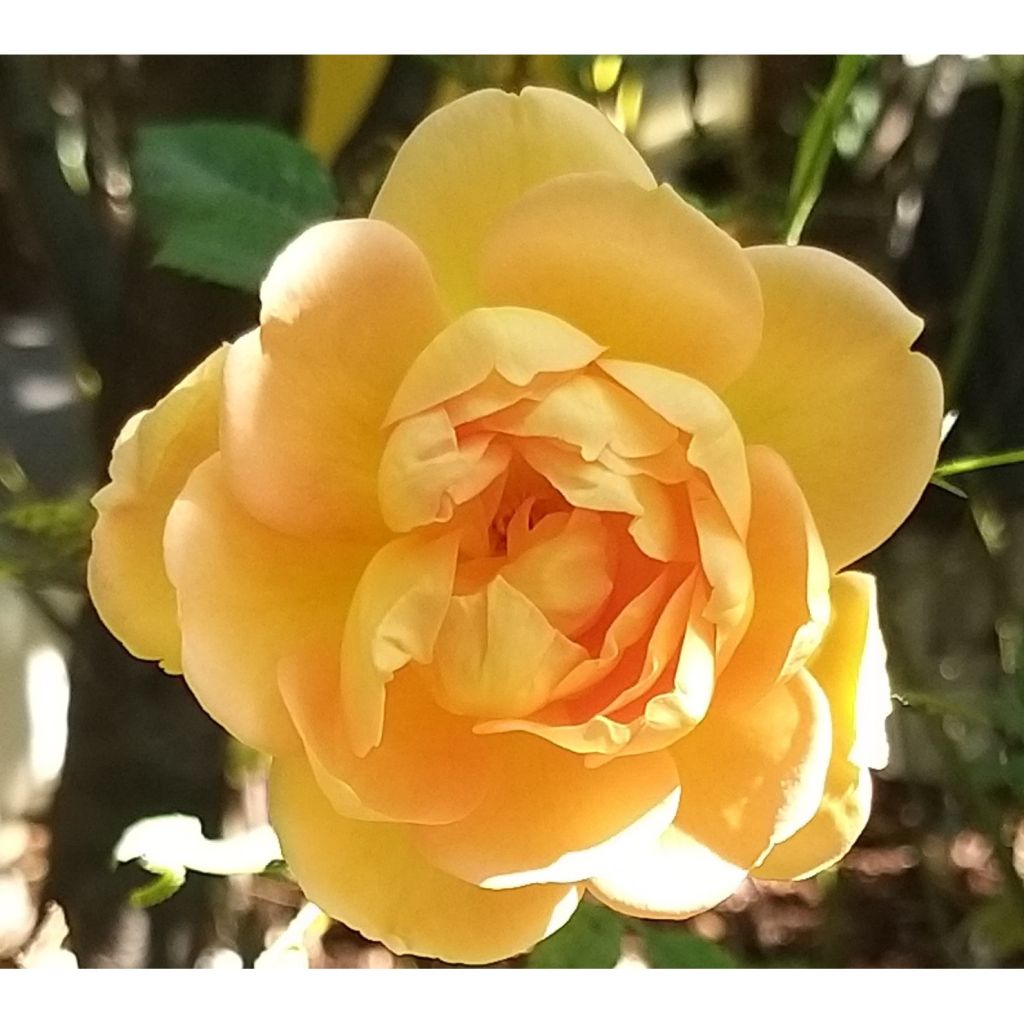

Rosa Lady of Shalott
Rosa Lady of Shalott
Rosa Lady of Shalott 'Ausnyson'
Rose
The rose bush received is very frail... Planted close to the climbing variety "Happy Dance", I am now waiting for it to take root... (or not?).
Thierry, 24/08/2024
This item cannot be shipped to the selected country
Delivery charge from €5.90
Delivery charge from €5.90
Delivery to Corse prohibited
More information
Schedule delivery date,
and select date in basket
This plant carries a 24 months recovery warranty
More information
We guarantee the quality of our plants for a full growing cycle, and will replace at our expense any plant that fails to recover under normal climatic and planting conditions.
From €5.90 for pickup delivery and €6.90 for home delivery
Express home delivery from €8.90.
From €5.90 for pickup delivery and €6.90 for home delivery
Express home delivery from €8.90.
Delivery to Corse prohibited: UE law prohibits the import of this plant from mainland France to Corse as part of the fight against Xylella fastidiosa. Please accept our sincere apologies.
More information


Does this plant fit my garden?
Set up your Plantfit profile →
Description
The English Rose 'Lady of Shalott' is a David Austin 2010 creation. It is a bush rose with abundant and continuous flowering. This variety is very perpetual. 'Lady of Shalott' quickly forms beautiful English roses from June to October. These flowers are double and very round, in the shape of a calyx and filled with freely arranged petals. The roses are gifted with a delicate scent of apple and cloves. Each petal has an upper side of salmon pink contrasting with the other side of an attractive golden yellow. This cluster of flowers stands well above the foliage on slightly curved stems. The leaves are a medium green.
The bush has excellent disease resistance and is very vigorous. It is a reliable plant. It reaches a height of 1.20 m (4ft) to 1.50 m (5ft). The 'Lady of Shalott' Rose is perfect for rose beds but also for mixed borders. It easily dominates perennial plants. It can also be grown on a terrace or in a patio garden in a large pot with a diameter of at least 40 cm (16in) and a depth of 70 cm (28in). Its colour palette blends well with yellow and blue tones, as well as the unique colours of 'Hot Chocolate' or 'Brown Velvet'.
This English rose owes its name to the poem by Alfred Lord Tennyzon. It was named in celebration of the 200th anniversary of his birth. The 'Lady of Shalott' lived in a castle near Camelot, King Arthur's, and was held under a spell until she saw the reflection of Sir Lancelot in a mirror.
Report an error about the product description
Rosa Lady of Shalott in pictures


Plant habit
Flowering
Foliage
Botanical data
Rosa
Lady of Shalott 'Ausnyson'
Rosaceae
Rose
Cultivar or hybrid
Rosa canina Laxa (4L/5L pot, Wrapped bare root)
Other Roses A to Z
Planting and care
Roses prefer a sunny location (at least 4 to 5 hours of sun per day) but sheltered from the scorching midday rays and strong winds. They appreciate loose, permeable, deep, and fertile soils. They prefer a neutral to slightly acidic soil, but will adapt to any garden as long as the soil is well worked and sufficiently rich. To plant your rose in a pot, work the soil to a depth of 25 cm (10in) by crumbling the soil and placing a bottom amendment such as dried blood or dehydrated horn, position your seedling in the new pot by covering the top of the root ball with 3 cm (1in) of soil, fill in and water generously to remove air pockets. In dry weather, it is necessary to water regularly for a few weeks to facilitate rooting. Also, remember to provide your rose with special rose fertiliser that stimulates plant flowering. Prune its branches by one-third each spring. The Lady of Shalott rose is highly resistant to diseases.
Planting period
Intended location
Care
-
, onOrder confirmed
Reply from on Promesse de fleurs
Haven't found what you were looking for?
Hardiness is the lowest winter temperature a plant can endure without suffering serious damage or even dying. However, hardiness is affected by location (a sheltered area, such as a patio), protection (winter cover) and soil type (hardiness is improved by well-drained soil).

Photo Sharing Terms & Conditions
In order to encourage gardeners to interact and share their experiences, Promesse de fleurs offers various media enabling content to be uploaded onto its Site - in particular via the ‘Photo sharing’ module.
The User agrees to refrain from:
- Posting any content that is illegal, prejudicial, insulting, racist, inciteful to hatred, revisionist, contrary to public decency, that infringes on privacy or on the privacy rights of third parties, in particular the publicity rights of persons and goods, intellectual property rights, or the right to privacy.
- Submitting content on behalf of a third party;
- Impersonate the identity of a third party and/or publish any personal information about a third party;
In general, the User undertakes to refrain from any unethical behaviour.
All Content (in particular text, comments, files, images, photos, videos, creative works, etc.), which may be subject to property or intellectual property rights, image or other private rights, shall remain the property of the User, subject to the limited rights granted by the terms of the licence granted by Promesse de fleurs as stated below. Users are at liberty to publish or not to publish such Content on the Site, notably via the ‘Photo Sharing’ facility, and accept that this Content shall be made public and freely accessible, notably on the Internet.
Users further acknowledge, undertake to have ,and guarantee that they hold all necessary rights and permissions to publish such material on the Site, in particular with regard to the legislation in force pertaining to any privacy, property, intellectual property, image, or contractual rights, or rights of any other nature. By publishing such Content on the Site, Users acknowledge accepting full liability as publishers of the Content within the meaning of the law, and grant Promesse de fleurs, free of charge, an inclusive, worldwide licence for the said Content for the entire duration of its publication, including all reproduction, representation, up/downloading, displaying, performing, transmission, and storage rights.
Users also grant permission for their name to be linked to the Content and accept that this link may not always be made available.
By engaging in posting material, Users consent to their Content becoming automatically accessible on the Internet, in particular on other sites and/or blogs and/or web pages of the Promesse de fleurs site, including in particular social pages and the Promesse de fleurs catalogue.
Users may secure the removal of entrusted content free of charge by issuing a simple request via our contact form.
The flowering period indicated on our website applies to countries and regions located in USDA zone 8 (France, the United Kingdom, Ireland, the Netherlands, etc.)
It will vary according to where you live:
- In zones 9 to 10 (Italy, Spain, Greece, etc.), flowering will occur about 2 to 4 weeks earlier.
- In zones 6 to 7 (Germany, Poland, Slovenia, and lower mountainous regions), flowering will be delayed by 2 to 3 weeks.
- In zone 5 (Central Europe, Scandinavia), blooming will be delayed by 3 to 5 weeks.
In temperate climates, pruning of spring-flowering shrubs (forsythia, spireas, etc.) should be done just after flowering.
Pruning of summer-flowering shrubs (Indian Lilac, Perovskia, etc.) can be done in winter or spring.
In cold regions as well as with frost-sensitive plants, avoid pruning too early when severe frosts may still occur.
The planting period indicated on our website applies to countries and regions located in USDA zone 8 (France, United Kingdom, Ireland, Netherlands).
It will vary according to where you live:
- In Mediterranean zones (Marseille, Madrid, Milan, etc.), autumn and winter are the best planting periods.
- In continental zones (Strasbourg, Munich, Vienna, etc.), delay planting by 2 to 3 weeks in spring and bring it forward by 2 to 4 weeks in autumn.
- In mountainous regions (the Alps, Pyrenees, Carpathians, etc.), it is best to plant in late spring (May-June) or late summer (August-September).
The harvesting period indicated on our website applies to countries and regions in USDA zone 8 (France, England, Ireland, the Netherlands).
In colder areas (Scandinavia, Poland, Austria...) fruit and vegetable harvests are likely to be delayed by 3-4 weeks.
In warmer areas (Italy, Spain, Greece, etc.), harvesting will probably take place earlier, depending on weather conditions.
The sowing periods indicated on our website apply to countries and regions within USDA Zone 8 (France, UK, Ireland, Netherlands).
In colder areas (Scandinavia, Poland, Austria...), delay any outdoor sowing by 3-4 weeks, or sow under glass.
In warmer climes (Italy, Spain, Greece, etc.), bring outdoor sowing forward by a few weeks.





































